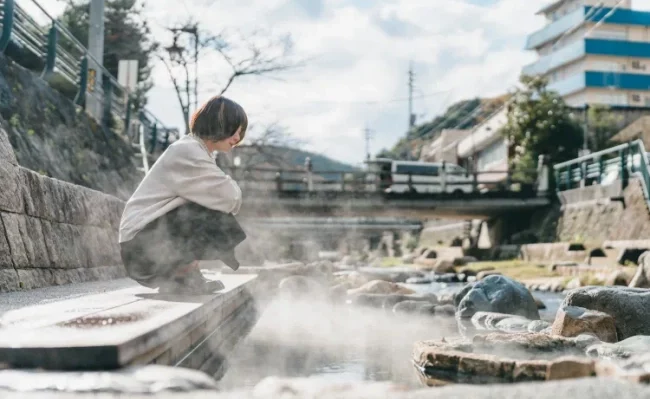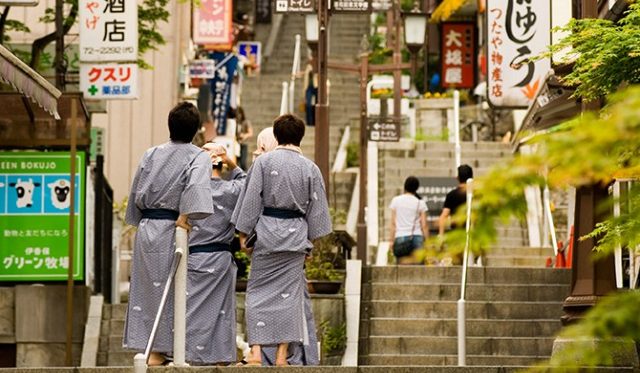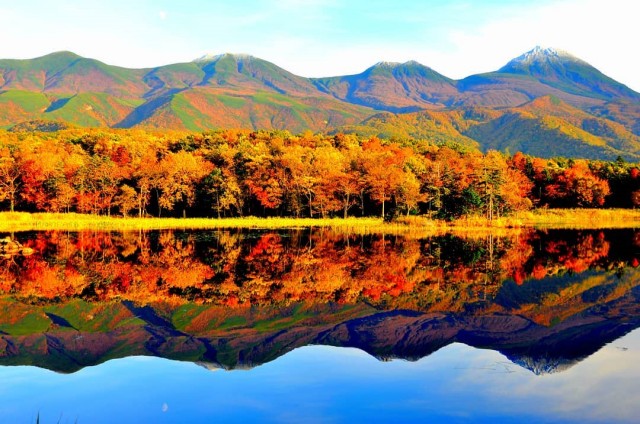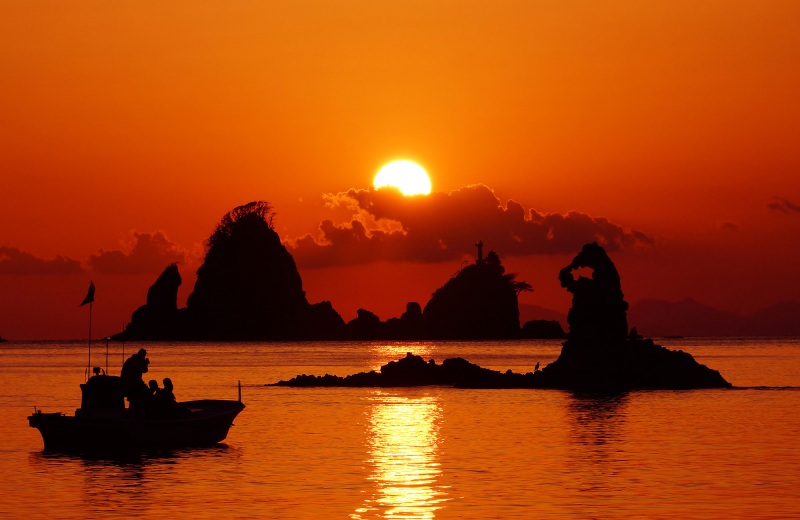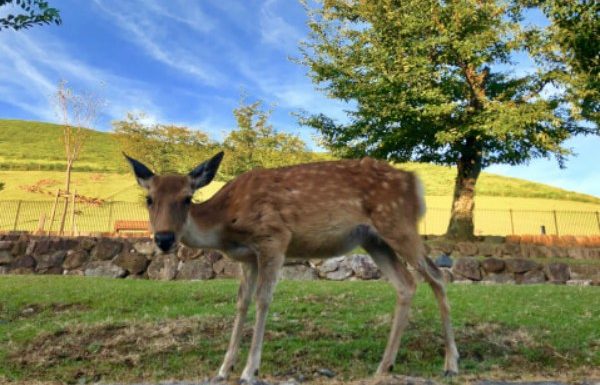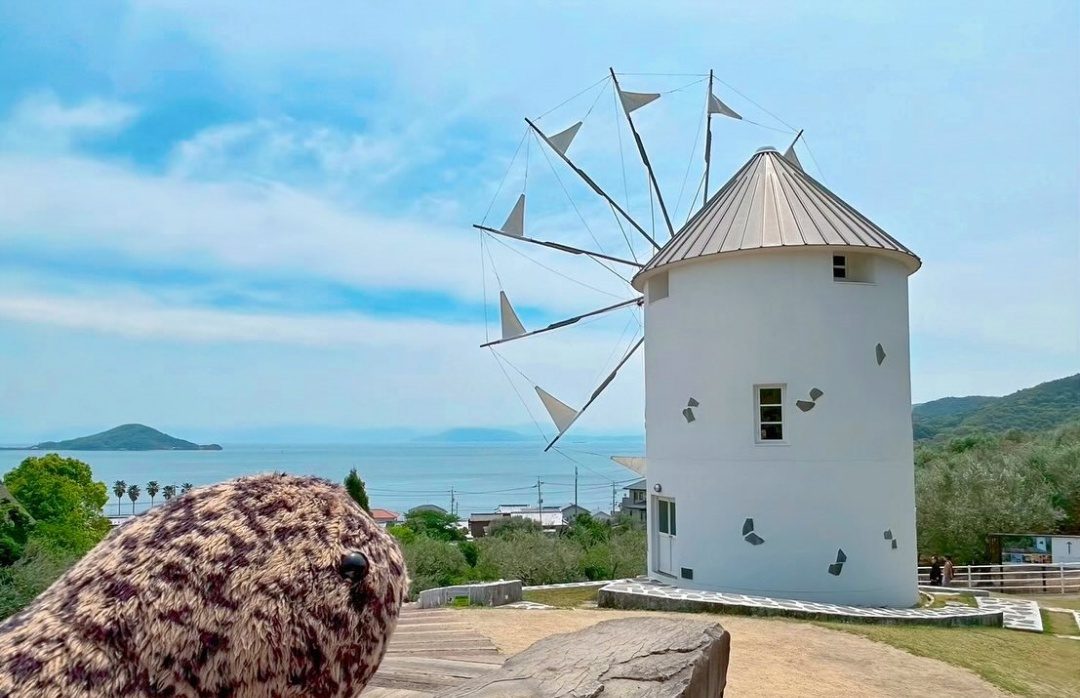With the opening of the Hokuriku Shinkansen, transportation in Toyama Prefecture has become more convenient. Boasting the majestic scenery of the Northern Alps, with peaks over 3,000 meters, it is a tourist destination rich in natural resources. The Toyama Bay in the northeast, known as a "natural fish tank," is also renowned for its fresh seafood, adding to its allure.
In fact, Toyama Prefecture is home to a variety of unique hot spring resources: a secluded hot spring accessible only by boat, Japan’s highest-altitude standalone hot spring inn, and a cave bath designated as a natural monument. This article from JapanRAR introduces the most recommended hot spring destinations for your Toyama travels.
1. Omaki Onsen
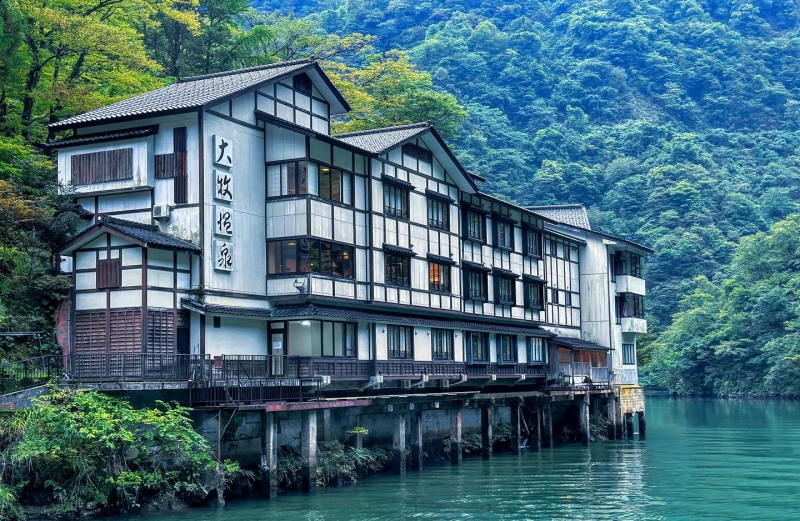
Located in Nanto City, "Omaki Onsen" is a hot spring accessible only by boat. Legend has it that warriors of the Heike clan, defeated by the Genji, discovered this hot spring while fleeing. Its exceptional location has made it a popular hidden gem. On the boat ride from Komaki Port to the standalone Omaki Onsen inn, you can enjoy the breathtaking seasonal views of the Shogawa Gorge.
At the end of the approximately 30-minute boat journey lies the secluded standalone inn, "Omaki Onsen Kanko Ryokan." The entrance features a nostalgic irori hearth, creating a calming atmosphere. The men’s open-air bath, surrounded by primeval forests along the cliff, and the women’s open-air bath, offering panoramic views of the gorge, complement each other beautifully. The natural spring, a mix of chloride and sulfate, maintains a constant flow of fresh water.
Omaki Onsen
Address: Omaki, Toga Village, Nanto City, Toyama Prefecture
Access:
【Train】From Takaoka Station on the Ainokaze Toyama Railway, take a bus for about 30 minutes, then a boat for about 30 minutes
【Car】From the Tonami IC on the Hokuriku Expressway, drive about 20 minutes, then take a boat for about 30 minutes
Spring Type: Chloride and Sulfate Spring
Benefits: Cuts, peripheral circulation disorders, sensitivity to cold, depression, dry skin, etc.
Number of Accommodations: 1
Features: Originating about 800 years ago when defeated Heike warriors healed here. Though once submerged due to the Komaki Dam, it was revived by redirecting the spring to higher ground. Enjoy a flowing hot spring amidst abundant nature.
2. Unazuki Onsen
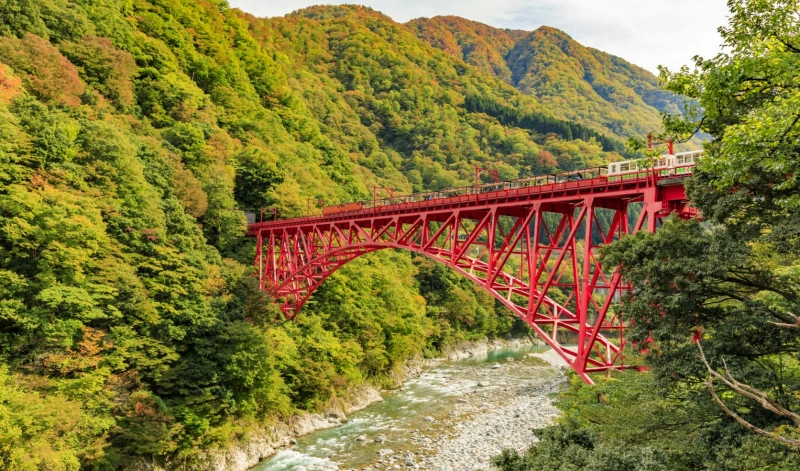
Situated at the gateway to the Kurobe Gorge, "Unazuki Onsen" is Toyama Prefecture’s largest hot spring town. The "hot spring fountain," gushing at about 60°C in front of Unazuki Onsen Station, has become a symbol of the hot spring area. The spring here is a gentle, weakly alkaline simple hot spring, boasting some of Japan’s highest water transparency.
The most iconic establishment of Unazuki Onsen is the historic inn "Enraku," long favored by royalty, cultural figures, and business leaders. Its open-air bath, "Hana no Yu," is crafted from 400-year-old cypress wood, with the cypress frame designed to resemble a picture frame, allowing bathers to perfectly enjoy the stunning gorge and its mirrored reflection, like admiring a dynamic landscape painting.
Unazuki Onsen
Address: Unazuki Onsen, Kurobe City, Toyama Prefecture
Access:
【Train】From Kurobe Unazuki Onsen Station, take a local train for 25 minutes to "Unazuki Onsen" Station
【Car】20-minute drive from the Kurobe IC on the Hokuriku Expressway
Spring Type: Simple Hot Spring
Benefits: Rheumatism, motor dysfunction, neurosis, etc.
Number of Accommodations: 10
Features: Toyama Prefecture’s largest hot spring town, with a daily output of about 3,000 tons. The spring source, located 7 km upstream along the Kurobe River at Kuronagi Onsen, is a colorless, transparent, weakly alkaline simple hot spring with Japan’s top transparency.
3. Kuronagi Onsen
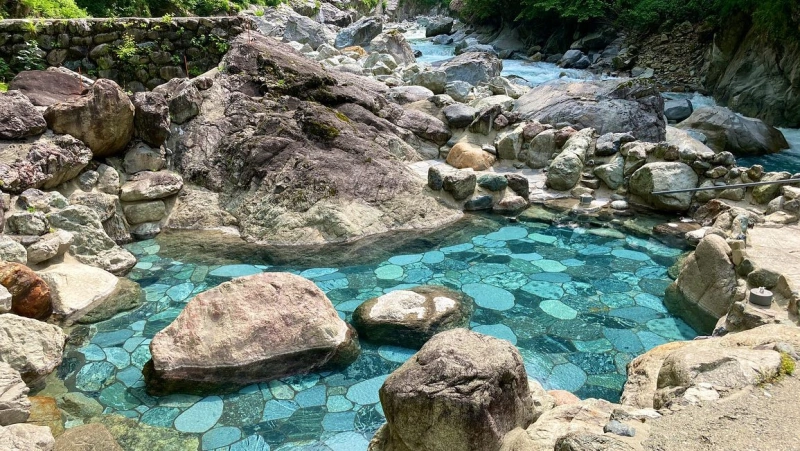
The only way to reach "Kuronagi Onsen" is by taking the Kurobe Gorge Railway’s sightseeing trolley train. This secluded hot spring, used since the Edo period, is the oldest in the Kurobe Gorge. It also serves as the source for Unazuki Onsen, supplying hot spring water to its inns via pipelines.
From Unazuki Station, take a 25-minute trolley train ride to Kuronagi Station, followed by a 20-minute hike to the sole inn, "Kuronagi Onsen Ryokan." The large open-air bath, slightly removed from the inn, allows you to soak in natural flowing hot springs amidst nature. Though the bath is mixed-gender, there are women-only hours, ensuring comfort for female visitors. The onsen closes in winter due to the suspension of the Kurobe Gorge Railway.
Kuronagi Onsen
Address: Kuronagi, Unazuki-machi, Kurobe City, Toyama Prefecture
Phone: 0765-62-1802
Access:
【Train】Take the Kurobe Gorge Railway trolley train to "Kuronagi" Station, then hike 20 minutes
【Car】Drive about 20 minutes from the Kurobe IC on the Hokuriku Expressway to the Kurobe Gorge Railway’s "Unazuki" Station, then take the trolley train for 25 minutes to "Kuronagi" Station, followed by a 20-minute hike
Spring Type: Simple Hot Spring
Benefits: Neuralgia, muscle pain, frozen shoulder, chronic gastrointestinal issues, sensitivity to cold, hemorrhoids, joint pain, motor paralysis, bruises, etc.
Number of Accommodations: 1
Features: A hidden hot spring accessible only by hiking from the Kurobe Gorge Railway’s Kuronagi Station. Famous as the source of Unazuki Onsen. The large riverside open-air bath is surrounded by natural rocks, with a geyser emitting steam nearby.
4. Shogawa Onsenkyo
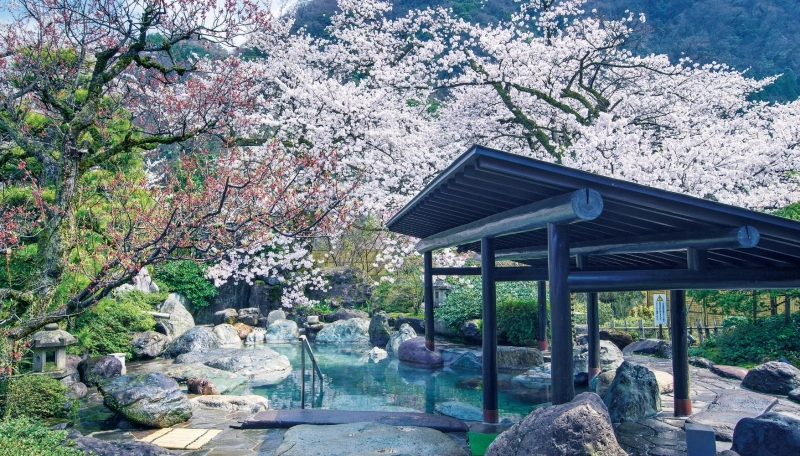
Located at the foot of the World Heritage Site Gokayama, Shogawa Onsenkyo is a hot spring destination where you can relax to the sound of the Shogawa River. Known for its healing hot springs since ancient times, it offers a variety of spring types, including bicarbonate, ferric carbonate, and sodium springs. Nearby, the "Kurumitoge Shimizu" spring, selected as one of Japan’s 100 Famous Waters by the Ministry of the Environment, is another highlight.
"Shogawa Onsen Furododo Zashiki Yumetsuzuri" is a hot spring inn with tatami corridors throughout, evoking a sense of home. The owner, a former chef, personally sources ingredients from the market, offering fresh seasonal seafood from Toyama Bay. In addition to diverse open-air baths like rock baths, jar baths, and reclining baths, two private bathhouses are highly recommended.
Shogawa Onsenkyo
Address: Kanaya, Shogawa-machi, Tonami City, Toyama Prefecture
Access:
【Train】From JR Tonami Station, take a bus for about 30 minutes to "Shogawa Branch" Station
【Car】15-minute drive from the Tonami IC on the Hokuriku Expressway
Spring Type: Bicarbonate, Ferric Carbonate, Sodium, Mineral Springs, etc.
Benefits: Burns, cuts, neuralgia, rheumatism, muscle pain, chronic dermatitis, gynecological disorders, etc.
Number of Accommodations: 6
Features: A hot spring area along the first-class Shogawa River, known for its diverse spring types. In early summer, try the local specialty, "Ayu (sweetfish) salt-grilled."
5. Ogawa Onsen

Ogawa Onsen is a renowned hot spring near the Asahi Ogawa Dam in Toyama. Surrounded by lush forests and clear streams, you can enjoy soothing bicarbonate hot springs. Nearby attractions include the "Ogawa Herb Valley," with 40 varieties of 50,000 herbs, and the "Fudodo Ruins," Japan’s largest vertical pit dwelling site, making it an excellent base for exploring Toyama’s sights.
"Ogawa Onsen Motoyu Hotel Ogawa" is a standalone hot spring inn with a 400-year history. Among its five distinct baths, the natural cave open-air bath, formed by crystallized hot spring minerals and designated a natural monument, is the most unique—a true energy spot. Note that the cave bath is closed in winter, so plan your visit accordingly.
Ogawa Onsen
Address: Asahi-machi, Shimonikawa-gun, Toyama Prefecture
Access:
【Train】From JR Kurobe Unazuki Onsen Station, take a free shuttle bus for about 30 minutes (reservation required)
【Car】15-minute drive from the Asahi IC on the Hokuriku Expressway
Spring Type: Bicarbonate Spring
Benefits: Neuralgia, rheumatism, sensitivity to cold, infertility, etc.
Number of Accommodations: 1
Features: Discovered about 400 years ago and listed as one of the "Four Famous Hot Springs of Etchu" in the mid-Edo period. Known as the "Fertility Spring" with excellent heat retention. The natural cave open-air bath, formed by crystallized minerals, is a designated natural monument.
6. Kintaro Onsen
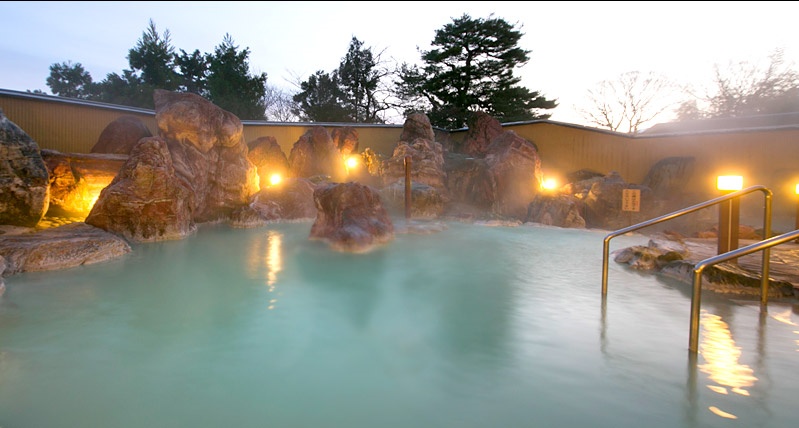
Located on the outskirts of Uozu City, "Kintaro Onsen" is a rare Japanese hot spring combining chloride and sulfur springs. The high-temperature 75°C water, rich in minerals, offers significant therapeutic benefits and was selected for the "Top 100 Japanese Hot Springs" by the Tourism Economic News in 2023. Its convenient location makes it an ideal base for visiting popular Toyama attractions like the Tateyama Kurobe Alpine Route and the Kurobe Gorge Railway.
The sole hot spring inn is just a 10-minute drive from the Hokuriku Shinkansen’s Kurobe Unazuki Onsen Station. It offers 100% natural flowing hot springs, diverse room types, an 800-tsubo day-use hot spring facility, and amenities like karaoke. The 300-tsubo grand bath features murals by Bunzo Asakura, a recipient of the Order of Culture.
Kintaro Onsen
Address: Tenjinnoshin 6000, Uozu City, Toyama Prefecture
Access:
【Train】From Kurobe Unazuki Onsen Station or Ainokaze Toyama Railway Uozu Station, take a shuttle bus for about 10 minutes
【Car】10-minute drive from the Uozu IC on the Hokuriku Expressway
Spring Type: Chloride and Sulfur Springs
Benefits: Trauma, burns, skin diseases, neuralgia, chronic gynecological disorders, rheumatism, hypertension, arteriosclerosis, metal poisoning, diabetes, chronic gastritis, etc.
Number of Accommodations: 1
Features: A highly effective hot spring gushing from 1,000 meters underground. A rare combination of chloride and sulfur springs with high mineral concentration and a flow rate of 1 ton per minute. Convenient for visiting the Kurobe Gorge and Tateyama Kurobe Alpine Route, ideal for tourists combining hot springs with sightseeing.
7. Himi Onsenkyo
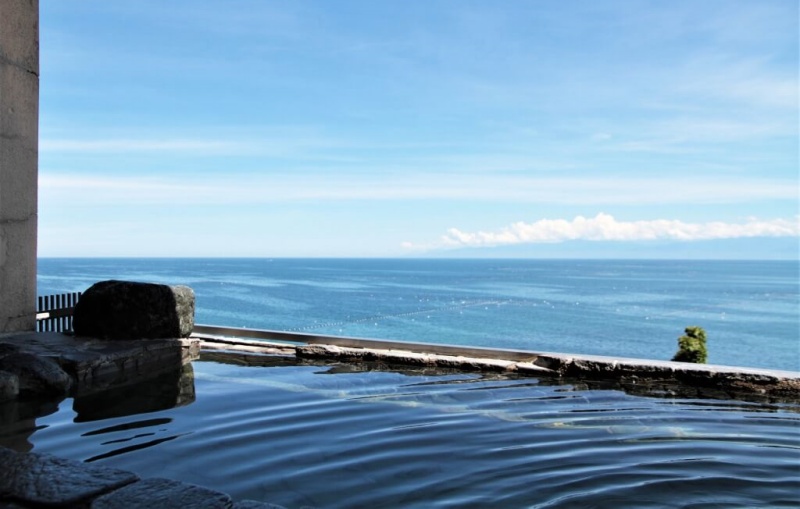
Situated along the coastline near Himi City, "Himi Onsenkyo" is a scenic destination renowned for its expansive views of the Sea of Japan and the Tateyama mountain range. The hot spring water, originating from ancient Mediterranean seawater, has a slightly salty taste. Don’t miss the sunrise, selected as one of Japan’s "Top 100 Sunrises."
"Himi Onsenkyo Umiake Resort Hotel" features a luxurious open-air bath with views of the Tateyama range on clear days. The most popular is the infinity mirror bath, seamlessly blending with the sea, allowing you to soak while enjoying stunning scenery. Dinner includes fresh seafood delivered directly from Himi Port.
Himi Onsenkyo
Address: Himi City, Toyama Prefecture
Access:
【Train】15-minute drive from JR Himi Station
【Car】3-6 km from the Himi IC on the Noetsu Expressway
Spring Type: Bicarbonate and Chloride Springs
Benefits: Neuralgia, muscle pain, joint pain, fatigue recovery, frozen shoulder, sensitivity to cold, bruises, chronic digestive disorders, cuts, burns, chronic skin diseases, hemorrhoids, gynecological disorders, skin beautification, etc.
Number of Accommodations: 14
Features: A hot spring cluster at the gateway to the Noto Peninsula, including "Aoura Onsen" and "Iwaiito Onsen" facing Toyama Bay. The water, originating from seawater sealed by volcanic activity 1,500 years ago, has a distinctive salty taste.
8. Etchu Tonami Onsen

Located in Tonami, a hub for tulip bulb production, "Etchu Tonami Onsen" draws from two water sources—Yao and Iouzan strata—making it a rare hot spring with dual characteristics.
"Mercure Toyama Tonami Resort & Spa" is a highly anticipated hotel, fully renovated in April 2024, with new additions like a guest-exclusive lounge and an open kitchen. The Etchu Tonami Onsen, which surfaced during the hotel’s original opening, is channeled into an open-air bath overlooking the Tonami Plain and city nightscape. Just a 15-minute drive from "Tonami Tulip Park," it’s highly accessible.
Etchu Tonami Onsen
Address: Tonami City, Toyama Prefecture
Access:
【Train】15-minute taxi ride from JR Tonami Station
【Car】15-minute drive from the Tonami IC on the Hokuriku Expressway
Spring Type: Chloride Spring
Benefits: Neuralgia, muscle pain, fatigue recovery, etc.
Number of Accommodations: 1
Features: Sourced from a proprietary spring that surfaced during the opening of its predecessor, Tonami Royal Hotel, with characteristics from both Yao and Iouzan strata.
9. Mikurigaike Onsen
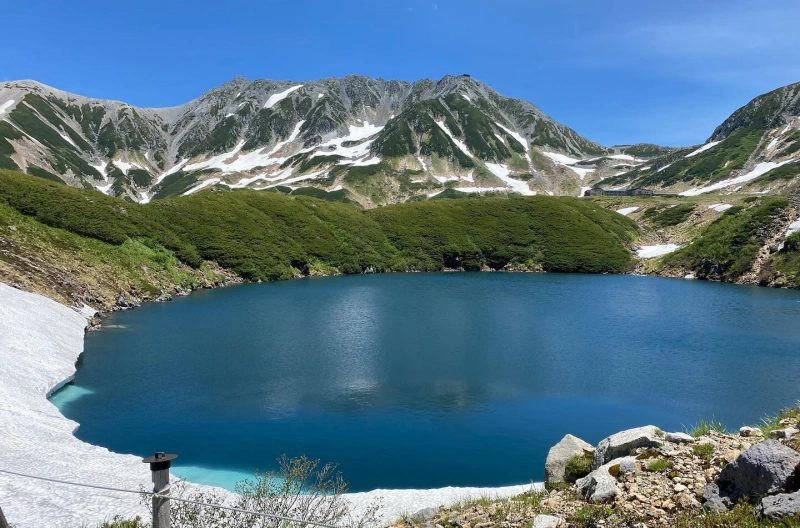
A 15-minute walk from the Tateyama Kurobe Alpine Route’s Murodo Station, "Mikurigaike Onsen," at 2,410 meters, is Japan’s highest-altitude natural hot spring and a member of the "Japan Secret Hot Spring Preservation Society." On clear days, enjoy stunning views of the Northern Alps, cloud seas, sunsets, and starry skies.
Sourced from the Jigokudani (Hell Valley) below, the spring offers 100% natural flowing water, neither heated nor diluted. The most magical experience is soaking while overlooking the still-active Jigokudani, with white steam rising, and gazing at Toyama’s sparkling nightscape in the distance.
Mikurigaike Onsen
Address: Murodohira, Tateyama-machi, Toyama Prefecture
Access:
【Train】15-minute walk from the Tateyama Kurobe Alpine Route’s "Murodo" Station
【Car】From the Tateyama IC on the Hokuriku Expressway, drive 25 km to Tateyama Station, then take the Tateyama Cable Car and Highland Bus for about 50 minutes to Murodo Station, followed by a 15-minute walk
Spring Type: Simple Acidic Spring
Benefits: Neuralgia, muscle pain, joint pain, fatigue recovery, sensitivity to cold, frozen shoulder, bruises, chronic digestive disorders, hypertension, arteriosclerosis, trauma, chronic skin diseases, hemorrhoids, gynecological disorders, etc.
Number of Accommodations: 1
Features: Famous as Japan’s highest hot spring at 2,410 meters. Sourced from sulfur-rich, cloudy hot springs, it maintains pure, natural flow. Closed from late November to mid-April.
10. Kasuga Onsen
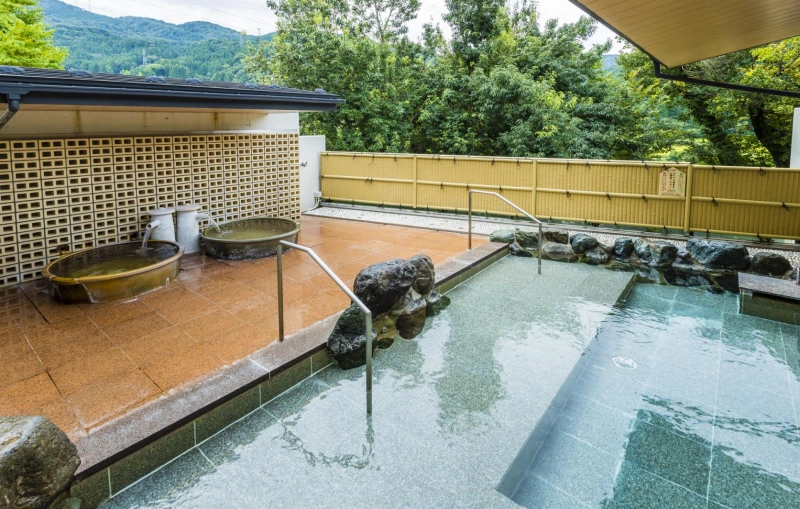
An art gallery in itself! The family-friendly Toyama "River Retreat Garaku"
Just a 15-minute drive from Toyama Airport, "Kasuga Onsen" is a small hot spring town along the Jintsu Gorge. The sodium chloride spring, gushing along the gorge, is highly praised for leaving skin smooth. With cherry blossoms in spring, red leaves in autumn, and snowy landscapes in winter, it’s a hot spring destination showcasing the beauty of all four seasons.
"River Retreat Garaku" is a luxurious inn where the open lobby lounge overlooks the Jintsu Gorge. It features two large bathhouses: a semi-open rock bath with traditional charm and a new wing with a sauna and jacuzzi, catering to women’s preferences for a refined ambiance.
Kasuga Onsen
Address: Kasuga, Toyama City, Toyama Prefecture
Access:
【Train】10-minute walk from JR Sasazu Station
【Car】20-minute drive from the Toyama IC on the Hokuriku Expressway
Spring Type: Chloride Spring
Benefits: Neuralgia, muscle pain, joint pain, frozen shoulder, bruises, sprains, etc.
Number of Accommodations: 2
Features: Nestled along the nature-rich Jintsu Gorge, it’s an ideal spot for enjoying seasonal scenery and natural hot springs. In addition to two accommodations, there’s a wellness facility with a hot spring, year-round heated pool, and gym.
11. Himi Aoura Onsen
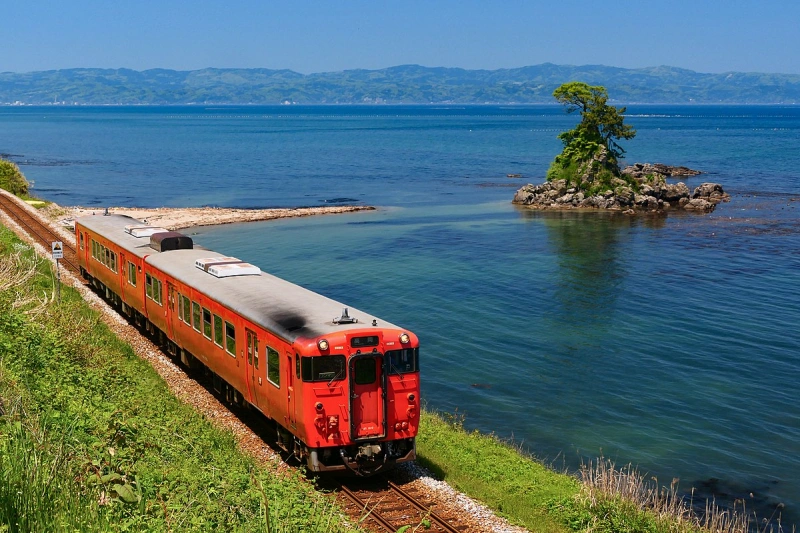
"Himi Aoura Onsen" is a cluster of hot springs scattered in northern Himi City, part of the Himi Onsenkyo. This seaside hot spring destination is renowned for its stunning views of the Sea of Japan and the Tateyama mountain range on the horizon. The sodium chloride spring, gushing at about 50°C with a slightly salty taste, is its hallmark. Enjoy seasonal seafood from the Himi sea—winter yellowtail, spring sardines, summer tuna, and more, delicious year-round.
"Sui no Minshuku Bisho," located along the Aoura coast, is famous for its hot springs and fresh fish cuisine. The top-floor observation open-air bath offers superb views, and the kaiseki meals feature seafood delivered directly from Himi Port. Homemade agar jelly made from local tengusa seaweed is also a hit. It’s a 20-minute drive from Toyama’s famous "Amarume Coast" and an 8-minute drive from the popular "Himi Banya Street" roadside station, making its location highly convenient.
Himi Aoura Onsen
Address: Aoura, Himi City, Toyama Prefecture
Access:
【Train】From JR Himi Station, take a 14-minute bus to "Himi Aoura Onsen" Station
【Car】5-minute drive from the Himi Kita IC on the Noetsu Expressway
Spring Type: Chloride Spring
Benefits: Neuralgia, muscle pain, joint pain, fatigue recovery, frozen shoulder, sensitivity to cold, bruises, chronic digestive disorders, trauma, burns, chronic skin diseases, hemorrhoids, gynecological disorders, etc.
Number of Accommodations: 2
Features: Part of the Himi Onsenkyo along Toyama Bay. High-temperature sodium chloride spring gushing from 850 meters underground at over 50°C, known for quick warming and lasting heat retention.
12. Babatani Onsen
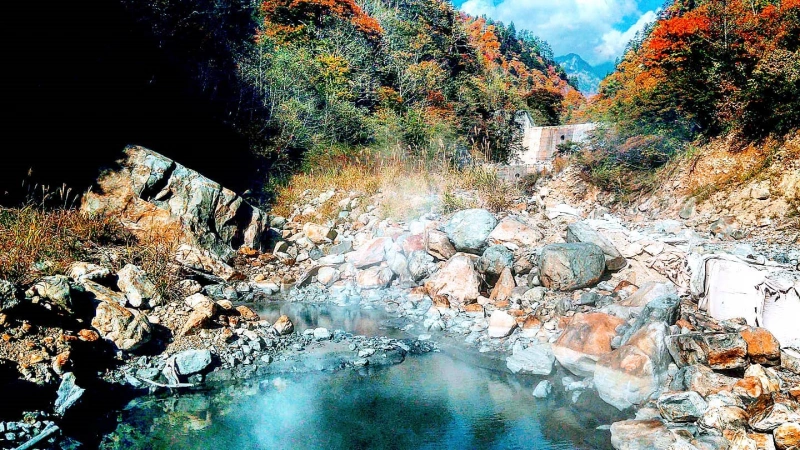
A 50-minute hike from Keyakidaira Station, the terminus of the Kurobe Gorge Railway’s sightseeing trolley train, "Babatani Onsen" is a hidden hot spring nestled in nature, gushing along a riverbank 2.5 km upstream in the Babatani Valley. It also serves as a base for climbers tackling the Northern Alps’ Hakuba-dake and Karamatsu-dake. The standalone inn, "Yama-goya Babatani Onsen," offers day-trip bathing and lodging services.
The open-air bath at Babatani Onsen, set in nature, offers a sense of freedom. The hot spring water is potable and is said to benefit gastrointestinal disorders and diabetes. At the upstream riverbank, the high-temperature "Babatani Jigoku" source allows visitors to enjoy the unique experience of crafting their own open-air bath.
Babatani Onsen
Address: Kurobe Okuyama National Forest (Babatani), Kurobe City, Toyama Prefecture
Access:
【Train/Car】50-minute hike from the Kurobe Gorge Railway’s "Keyakidaira" Station
Spring Type: Simple Sulfur Spring
Benefits: Neuralgia, muscle pain, fatigue recovery, sensitivity to cold, bruises, gastrointestinal disorders, trauma, chronic skin diseases, diabetes, etc.
Number of Accommodations: 1
Features: A secluded hot spring deep in the Kurobe Gorge. The sole inn, "Yama-goya Babatani Onsen," lies along the climbing route from Karamatsu-dake to Keyakidaira Station, popular among mountaineers. Enjoy rustic open-air baths along the nearby riverbank. Open from late June to early November.
